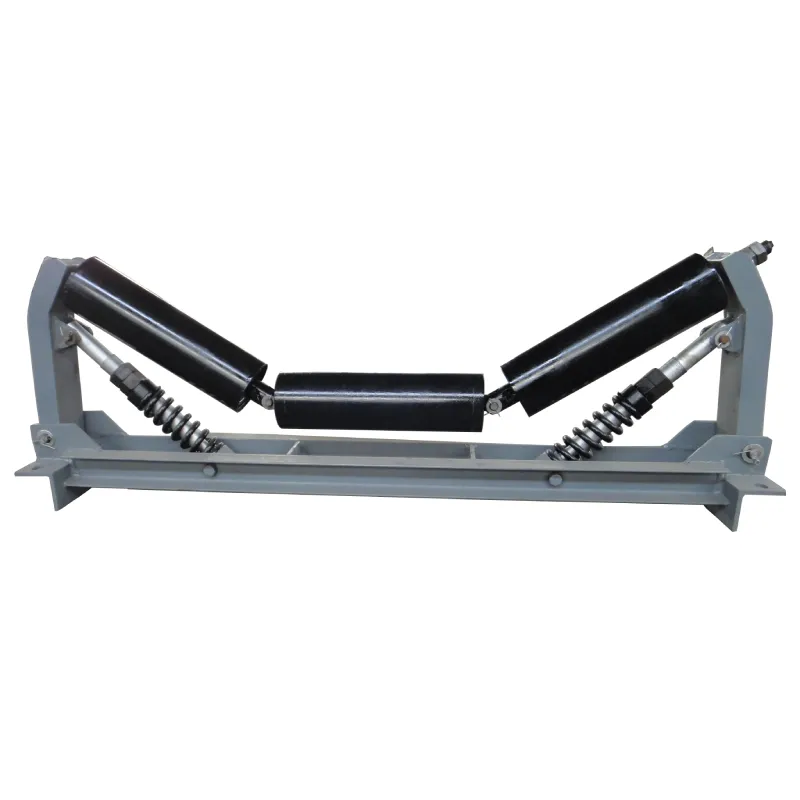 Afrikaans
Afrikaans  Albanian
Albanian  Amharic
Amharic  Arabic
Arabic  Armenian
Armenian  Azerbaijani
Azerbaijani  Basque
Basque  Belarusian
Belarusian  Bengali
Bengali  Bosnian
Bosnian  Bulgarian
Bulgarian  Catalan
Catalan  Cebuano
Cebuano  Corsican
Corsican  Croatian
Croatian  Czech
Czech  Danish
Danish  Dutch
Dutch  English
English  Esperanto
Esperanto  Estonian
Estonian  Finnish
Finnish  French
French  Frisian
Frisian  Galician
Galician  Georgian
Georgian  German
German  Greek
Greek  Gujarati
Gujarati  Haitian Creole
Haitian Creole  hausa
hausa  hawaiian
hawaiian  Hebrew
Hebrew  Hindi
Hindi  Miao
Miao  Hungarian
Hungarian  Icelandic
Icelandic  igbo
igbo  Indonesian
Indonesian  irish
irish  Italian
Italian  Japanese
Japanese  Javanese
Javanese  Kannada
Kannada  kazakh
kazakh  Khmer
Khmer  Rwandese
Rwandese  Korean
Korean  Kurdish
Kurdish  Kyrgyz
Kyrgyz  Lao
Lao  Latin
Latin  Latvian
Latvian  Lithuanian
Lithuanian  Luxembourgish
Luxembourgish  Macedonian
Macedonian  Malgashi
Malgashi  Malay
Malay  Malayalam
Malayalam  Maltese
Maltese  Maori
Maori  Marathi
Marathi  Mongolian
Mongolian  Myanmar
Myanmar  Nepali
Nepali  Norwegian
Norwegian  Norwegian
Norwegian  Occitan
Occitan  Pashto
Pashto  Persian
Persian  Polish
Polish  Portuguese
Portuguese  Punjabi
Punjabi  Romanian
Romanian  Russian
Russian  Samoan
Samoan  Scottish Gaelic
Scottish Gaelic  Serbian
Serbian  Sesotho
Sesotho  Shona
Shona  Sindhi
Sindhi  Sinhala
Sinhala  Slovak
Slovak  Slovenian
Slovenian  Somali
Somali  Spanish
Spanish  Sundanese
Sundanese  Swahili
Swahili  Swedish
Swedish  Tagalog
Tagalog  Tajik
Tajik  Tamil
Tamil  Tatar
Tatar  Telugu
Telugu  Thai
Thai  Turkish
Turkish  Turkmen
Turkmen  Ukrainian
Ukrainian  Urdu
Urdu  Uighur
Uighur  Uzbek
Uzbek  Vietnamese
Vietnamese  Welsh
Welsh  Bantu
Bantu  Yiddish
Yiddish  Yoruba
Yoruba  Zulu
Zulu Understanding Conveyor Head Rollers and Their Importance in Material Handling Systems
Understanding Conveyor Head Roller A Key Component in Material Handling Systems
In various industries, the effective movement of materials is crucial for operational efficiency. One of the key components that facilitate this process is the conveyor head roller. This article explores the importance, functionality, and applications of conveyor head rollers in material handling systems.
What is a Conveyor Head Roller?
A conveyor head roller, sometimes referred to as a head pulley, is located at the discharge end of a conveyor system. It plays a critical role in the operation of belt-driven conveyor systems. The head roller serves two primary purposes it acts as a supportive structure for the conveyor belt and also functions to drive the belt forward. This dual functionality makes it an essential component in many material handling applications.
Functions of Conveyor Head Rollers
1. Belt Drive Mechanism The head roller is connected to a motor that powers the belt movement. As the motor turns the head roller, it drives the conveyor belt forward, allowing materials to be transported along the conveyor system.
2. Support and Alignment The head roller provides the necessary support for the conveyor belt, maintaining its tension and alignment. This is vital to prevent slippage and ensure smooth transfer of materials, reducing wear and tear on both the roller and the belt.
3. Material Discharge At the discharge end of the conveyor, the head roller facilitates the release of materials. As the conveyor belt wraps around the head roller, it helps in discharging the load efficiently, minimizing spillage and ensuring that materials are delivered accurately to their intended destination.
Materials and Design
Conveyor head rollers are typically made from durable materials such as steel or rubber, designed to withstand severe operating conditions, including high loads and abrasive materials. The design of the roller can vary depending on the application; for instance, some head rollers may feature a crowned shape to aid in belt tracking, while others might have a rubber coating to enhance grip and reduce slippage.
conveyor head roller

Applications of Conveyor Head Rollers
Conveyor head rollers are employed in a wide range of industries, including
- Mining and Quarrying In these industries, conveyor systems are vital for transporting mined materials. Head rollers are designed to handle heavy loads and endure harsh operating conditions.
- Manufacturing Conveyor systems equipped with head rollers streamline the movement of products along the assembly line, increasing efficiency and productivity.
- Food and Beverage In food processing and packaging, conveyor head rollers help in the transportation of products while adhering to health and safety standards. They are often made from food-grade materials to ensure hygiene.
- Logistics and Warehousing In distribution centers, conveyor belts equipped with head rollers expedite the sorting and delivery of packages, enhancing operational efficiency.
Maintenance and Lifespan
Proper maintenance of conveyor head rollers is essential to ensure their longevity and reliable operation. Regular inspections should be conducted to check for wear and tear, misalignment, and lubrication needs. Promptly addressing issues such as belt slippage or unusual noise can prevent costly downtime and extend the lifespan of the roller.
Conclusion
Conveyor head rollers are indispensable components of modern material handling systems. Their unique functions of driving the conveyor belt, supporting its structure, and facilitating material discharge contribute significantly to the efficiency of various industrial processes. Understanding the importance of these rollers and ensuring their proper maintenance can lead to enhanced productivity and reduced operational costs in any material handling setup. As industries continue to evolve and demand more efficient systems, the role of conveyor head rollers will undoubtedly remain crucial in addressing these challenges.
-
Revolutionizing Conveyor Reliability with Advanced Rubber Lagging PulleysNewsJul.22,2025
-
Powering Precision and Durability with Expert Manufacturers of Conveyor ComponentsNewsJul.22,2025
-
Optimizing Conveyor Systems with Advanced Conveyor AccessoriesNewsJul.22,2025
-
Maximize Conveyor Efficiency with Quality Conveyor Idler PulleysNewsJul.22,2025
-
Future-Proof Your Conveyor System with High-Performance Polyurethane RollerNewsJul.22,2025
-
Driving Efficiency Forward with Quality Idlers and RollersNewsJul.22,2025





























